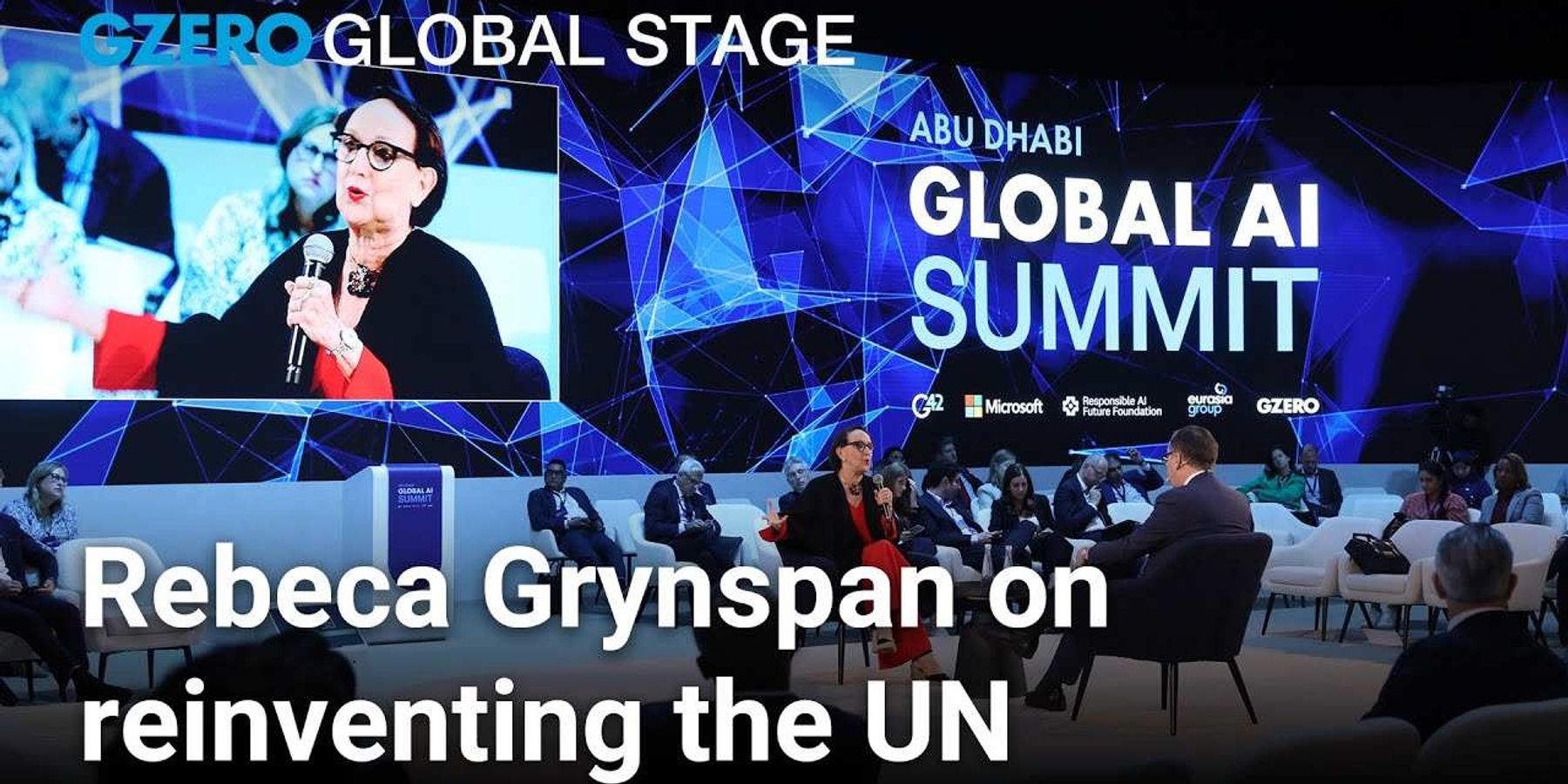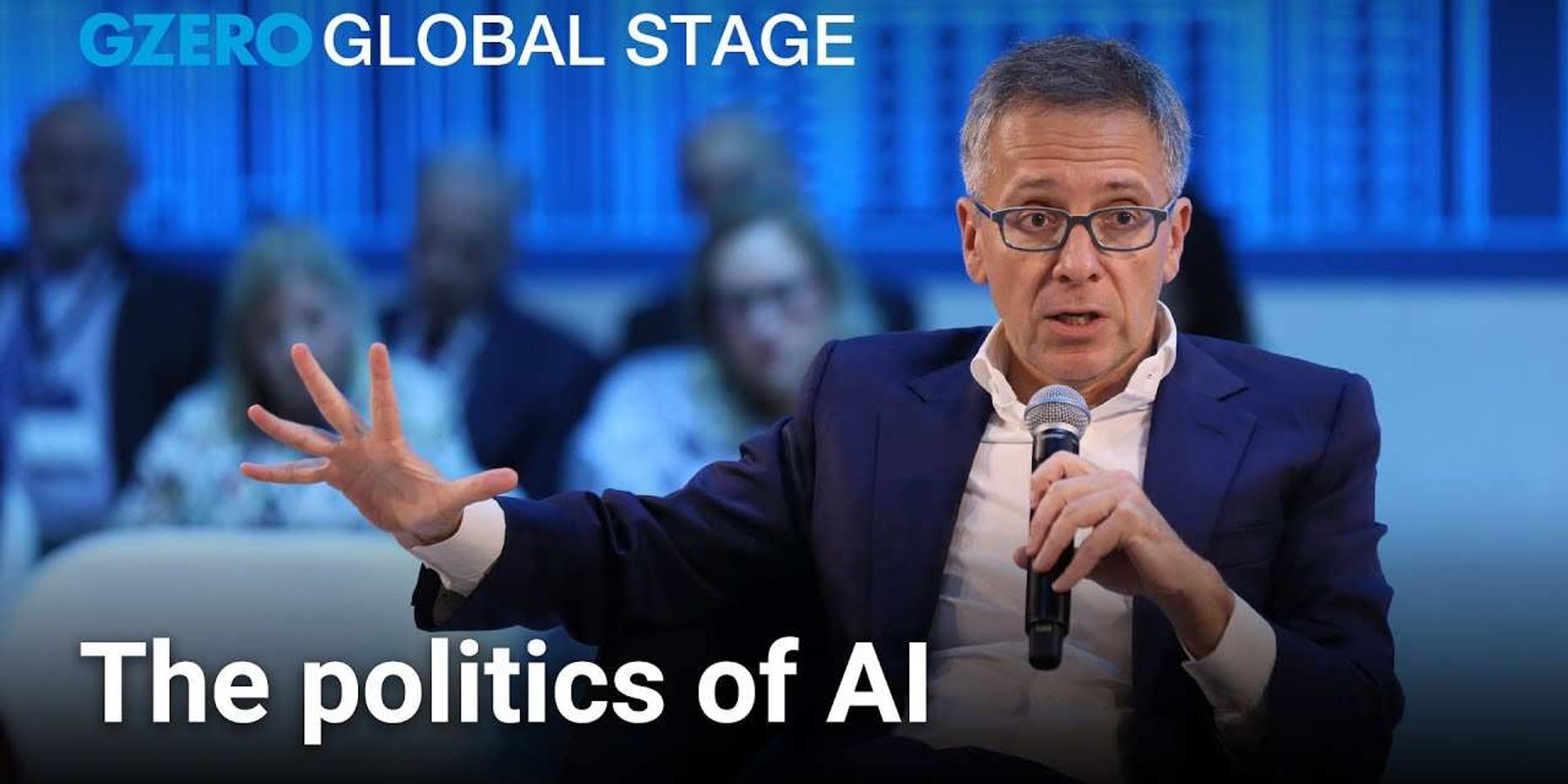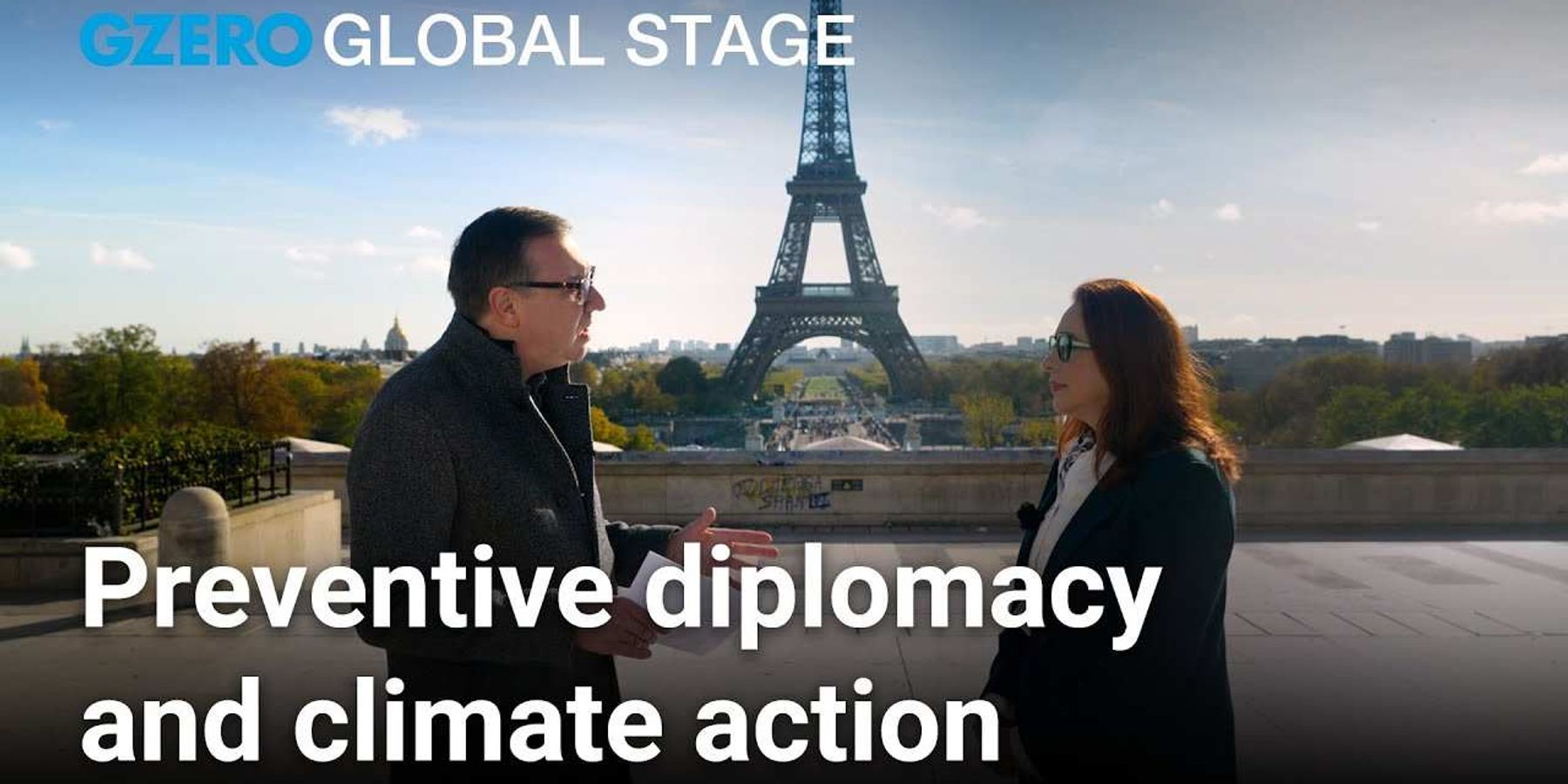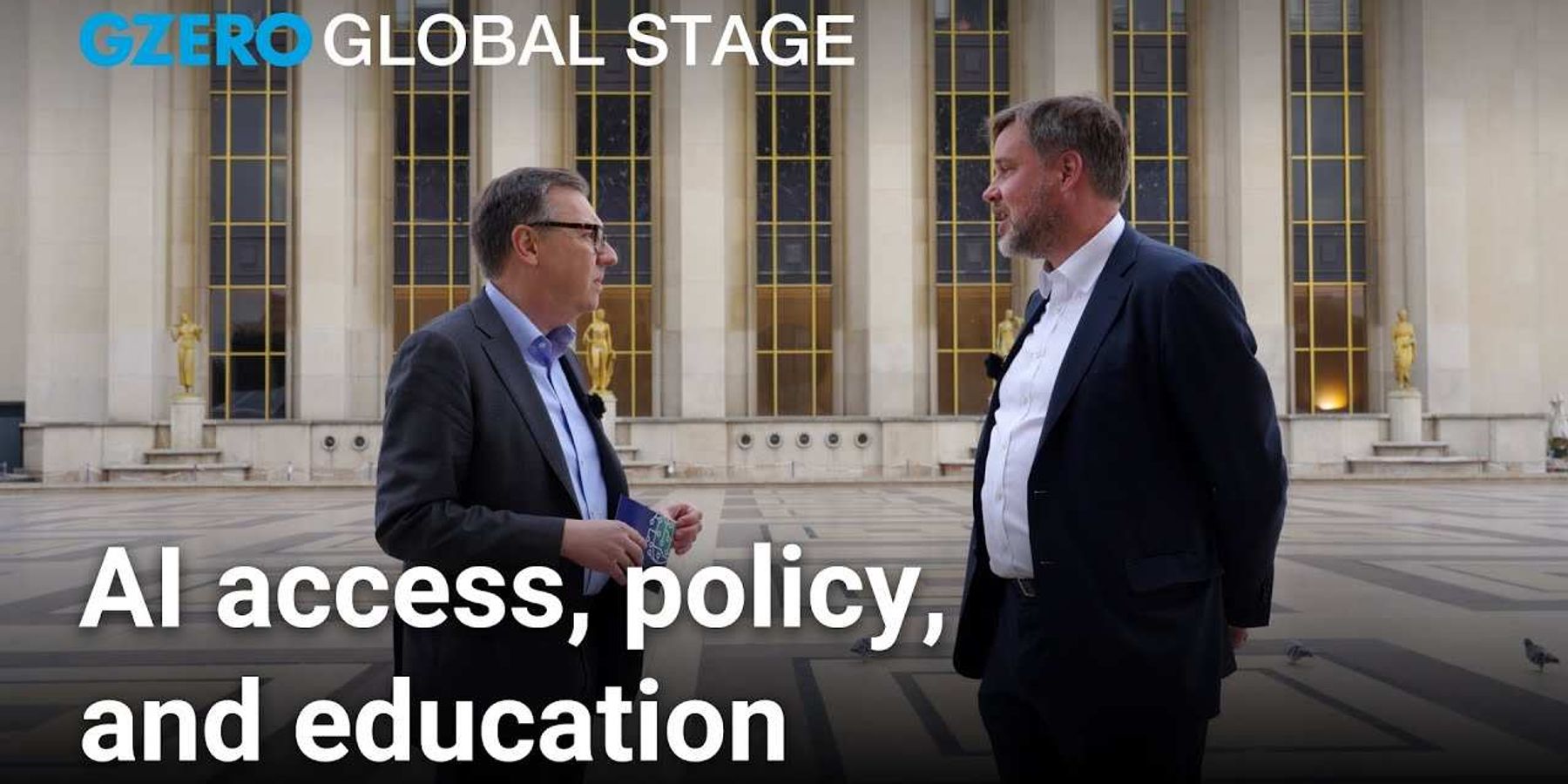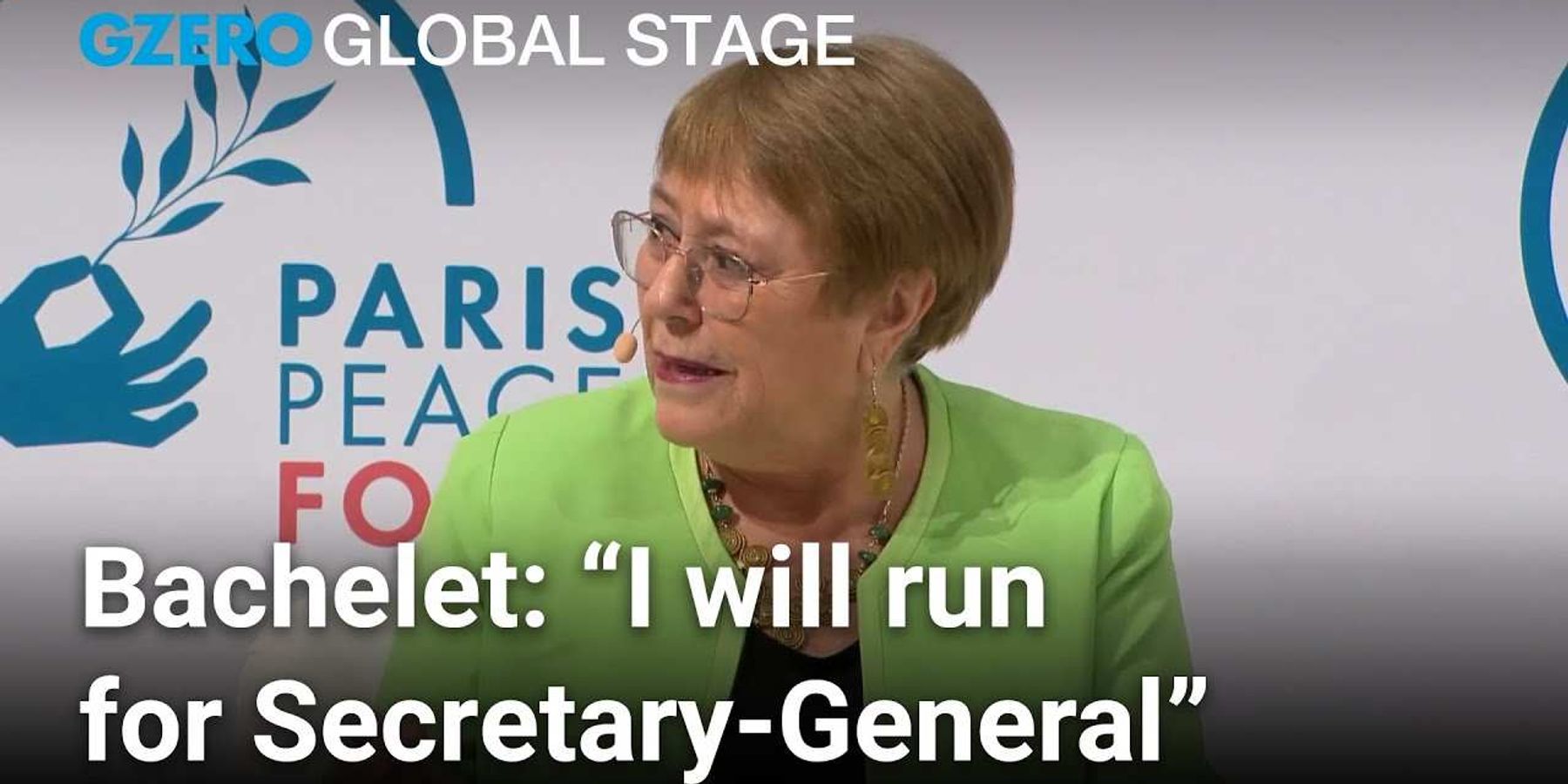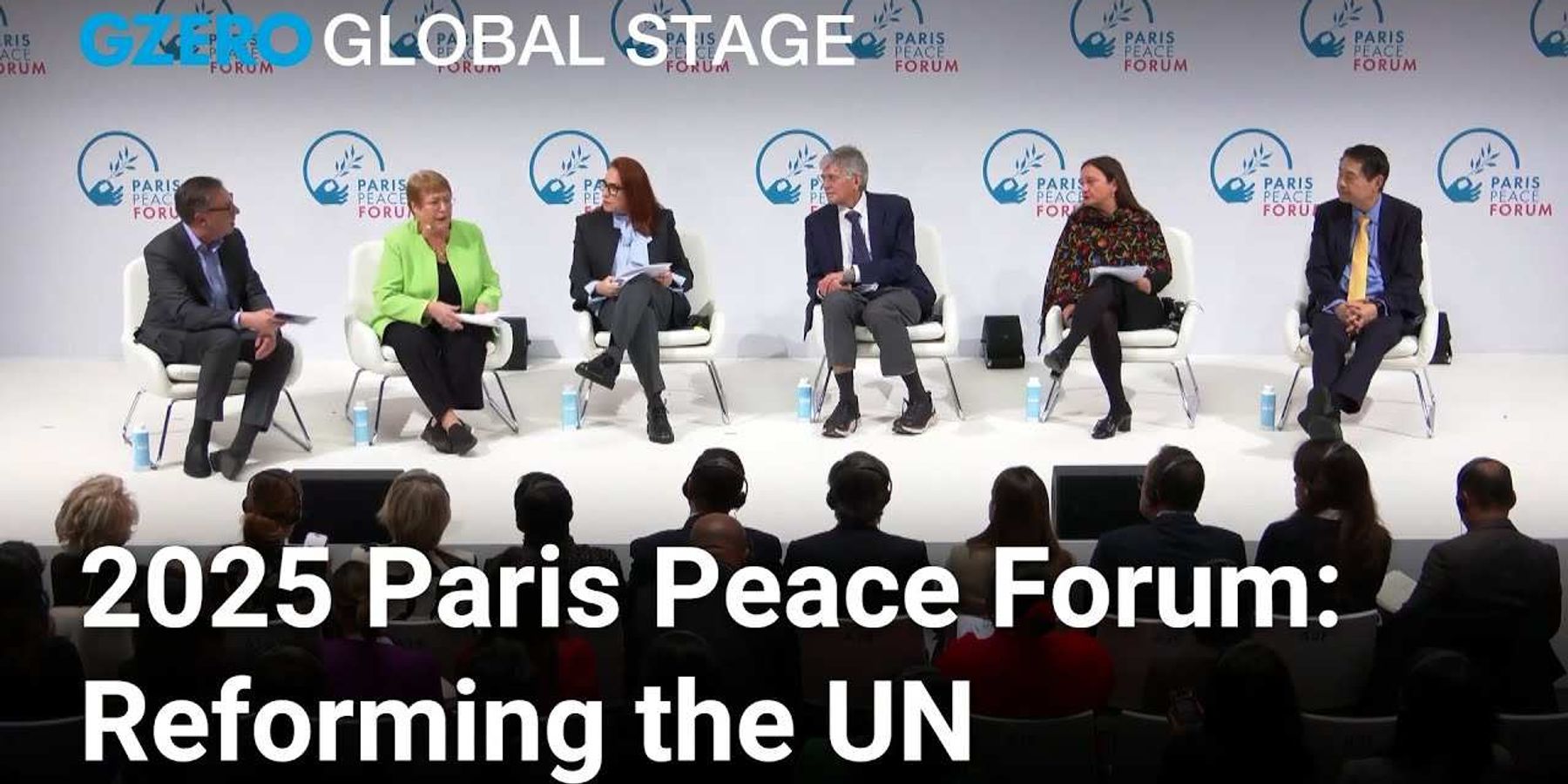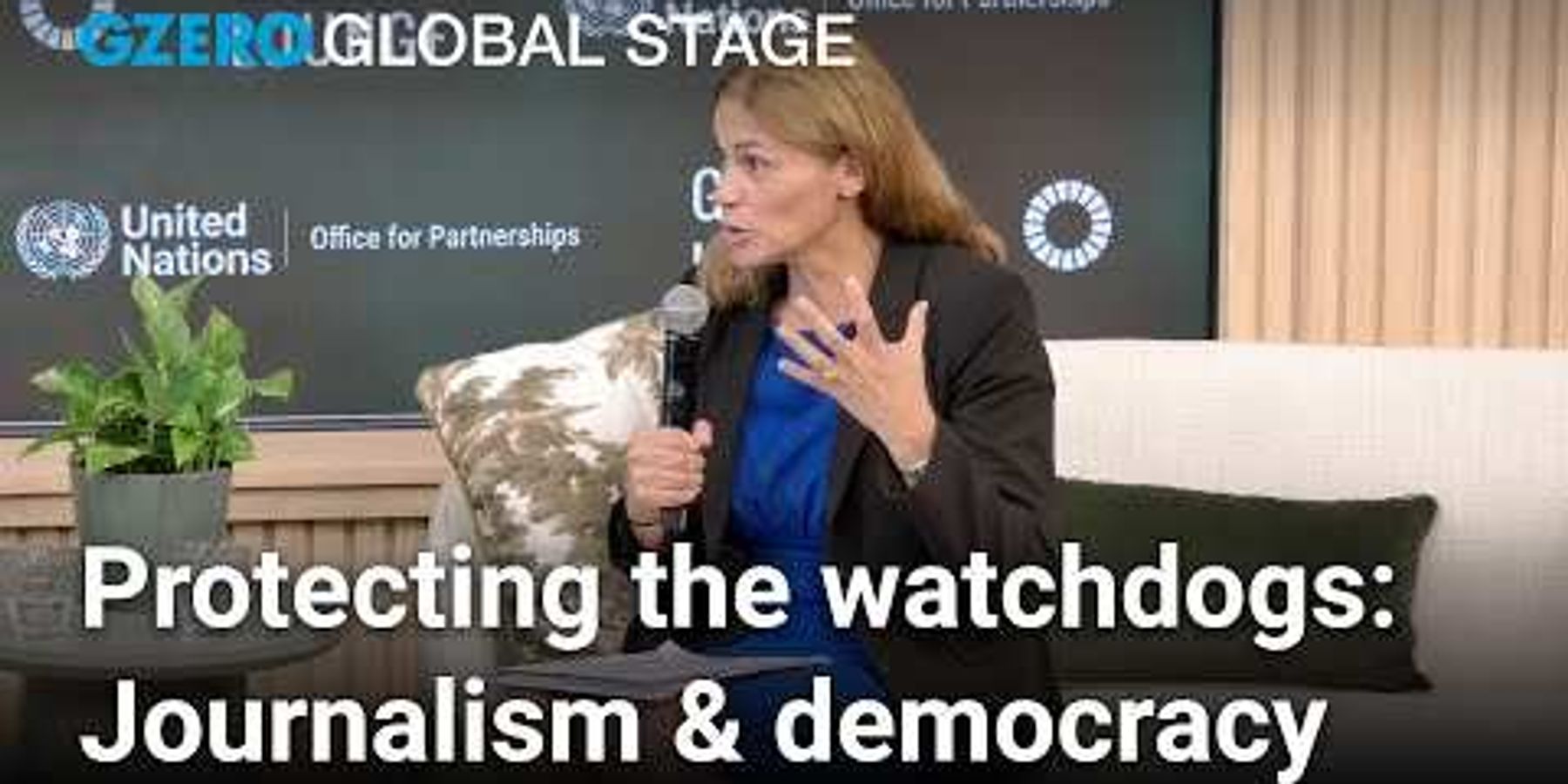Trending Now
We have updated our Privacy Policy and Terms of Use for Eurasia Group and its affiliates, including GZERO Media, to clarify the types of data we collect, how we collect it, how we use data and with whom we share data. By using our website you consent to our Terms and Conditions and Privacy Policy, including the transfer of your personal data to the United States from your country of residence, and our use of cookies described in our Cookie Policy.
{{ subpage.title }}
Rebeca Grynspan on reforming the UN for a new era
“The UN is unique ... but it’s not alone,” she says. Grynspan calls for a smarter, more collaborative multilateral system that focuses on the global challenges only the UN can solve, while empowering countries, regions, and institutions that now have the capacity to act.
This conversation was recorded at the Abu Dhabi Global AI Summit as part of GZERO Media’s Global Stage series, presented in partnership with Microsoft, which brings together global leaders to explore the intersections of geopolitics, technology, and society.
Agentic AI: How it could reshape identity and politics
As AI begins to understand us better than we understand ourselves, who will decide how it shapes our world?
Ian Bremmer cautions, "The winner or the winners are going to determine in large part what society looks like, what the motivating ideologies are." He stresses that AI’s direction is driven not by technology alone, but by the humans who design and program these systems.
"That's kind of why you need the UN and you need responsible AI governance as part of the conversation," Bremmer adds.
Ian spoke at the 2025 Abu Dhabi Global AI Summit panel “Bringing AI Technology, Trust, and Talent to the World,” part of GZERO Media’s Global Stage series in partnership with Microsoft. The Global Stage series convenes global leaders for critical discussions on the geopolitical and technological trends shaping our world.
Preventing conflicts before they start, with María Fernanda Espinosa
“It means building peace, having a very strong and well-equipped intellectually oversight machinery, to have a scenario-building machinery, to have early warning systems in place,” she tells GZERO Media’s Tony Maciulis on the sidelines of the Paris Peace Forum. Espinosa calls for a “refocus, not austerity,” to strengthen the UN’s early warning systems and invest in prevention. “One dollar in prevention saves a thousand in response,” she notes.
Turning to climate, she urges faster action ahead of COP30 in Brazil, warning that progress “is not matching the science.” Latin America, she says, must lead with resilience and unity despite political divides.
This conversation is part of GZERO Media’s Global Stage series, presented in partnership with Microsoft.
AI access, policy, and education
As AI adoption accelerates globally, questions of equity and access are coming to the forefront.
Speaking with GZERO’s Tony Maciulis on the sidelines of the 2025 Paris Peace Forum, Chris Sharrock, Vice President of UN Affairs and International Organizations at Microsoft, discusses the role of technology in addressing global challenges.
“Not every country is starting from the same point,” Sharrock says, highlighting the risks of an “exponential divergence” between advanced economies and the Global South. Drawing on his experience in both government and the private sector, he emphasizes the importance of dialogue across public, private, and nonprofit sectors to shape effective policy.
Sharrock also reflects on AI in education, urging careful integration of AI tools alongside human learning.
This conversation is part of GZERO Media’s Global Stage series, presented in partnership with Microsoft.
Why the UN needs women in leadership
Former UN High Commissioner for Human Rights Michelle Bachelet says global leadership needs a different kind of leader.
“Sometimes when I see wars, I feel there’s too much testosterone over there,” she said. “Leaders put in front issues that are not the most important thing… it’s more about who wins.”
Bachelet called for “empathetic leadership,” which she described as the ability to put yourself in the shoes of the other to solve problems through dialogue and negotiation.
When asked if she would consider leading the UN herself, she confirmed: “I will run for Secretary-General.”
Bachelet spoke with GZERO Media’s Tony Maciulis at the 2025 Paris Peace Forum panel "Updating the UN at 80: From Mandates to Impact," part of GZERO Media’s Global Stage series with Microsoft.
Updating the UN at 80: A panel conversation from the 2025 Paris Peace Forum
As the UN reaches its 80th anniversary, pivotal questions arise: How can it evolve to address contemporary global challenges? What reforms are essential for maintaining its relevance?
At the 2025 Paris Peace Forum, GZERO Media's Tony Maciulis led a lively panel discussion on the urgent need for organizational reform. The conversation featured top UN officials and global partners reflecting on both the challenges and opportunities ahead.
Michelle Bachelet, former President of Chile and former UN High Commissioner for Human Rights, emphasizes the need for efficiency and transparency to rebuild trust in the UN, stating, "UN needs to be relevant so people can trust them."
Maria Fernanda Espinosa, Executive Director of GWL Voices and former UN General Assembly President, calls for action on a "new financial compact," urging collaboration between public, private, and civil sectors to govern global commons effectively.
Marjeta Jager from the European Commission called for bold reforms: "We need to merge, sometimes cut, we need to do the system consolidation."
Dr. Henry Huiyao Wang, Founder and President of the Center for China and Globalization, highlights China’s commitment to supporting multilateralism and stressed the role of peacekeeping.
With discussions of reform, the panel echoes the need for collective action to address global complexities, envisioning a future with a possible female Secretary-General for effective empathetic leadership.
Protect the watchdogs: Journalism, justice, & accountability
Journalists are often the whistleblowers exposing high-level corruption.
UNODC’s Delphine Schantz explains why we must engage and protect reporters, equip them with investigative tools, and strengthen criminal justice systems so accountability isn’t optional.
Excerpt from a Global Stage livestream at UN HQ on the International Day of Democracy at the 80th UN General Assembly.
Watch more of GZERO Media’s Global Stage series, sponsored by Microsoft, from the 80th Session of the United Nations General Assembly here: gzeromedia.com/globalstage
Participation = trust: Malawi’s citizens’ juries deliver democracy
Public trust isn’t a “nice to have," it’s the foundation of democracy.
Ambassador Agnes Mary Chimbiri-Molande explains how citizens’ juries in Malawi bring people into local budgeting and development decisions, building transparency and trust by design.
Excerpt from a Global Stage livestream at UN HQ on the International Day of Democracy at the 80th UN General Assembly.
Watch more of GZERO Media’s Global Stage series, sponsored by Microsoft, from the 80th Session of the United Nations General Assembly here: gzeromedia.com/globalstage
